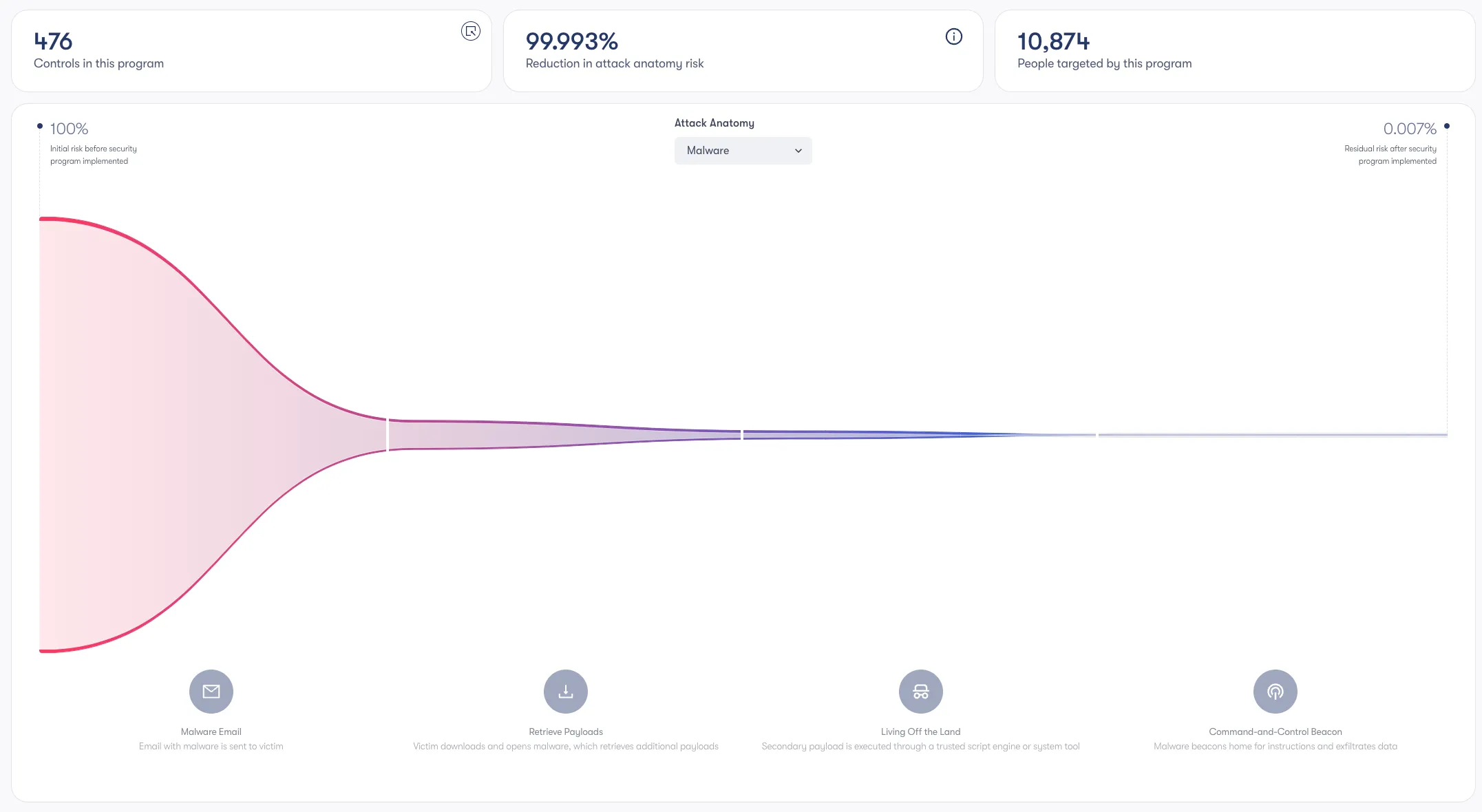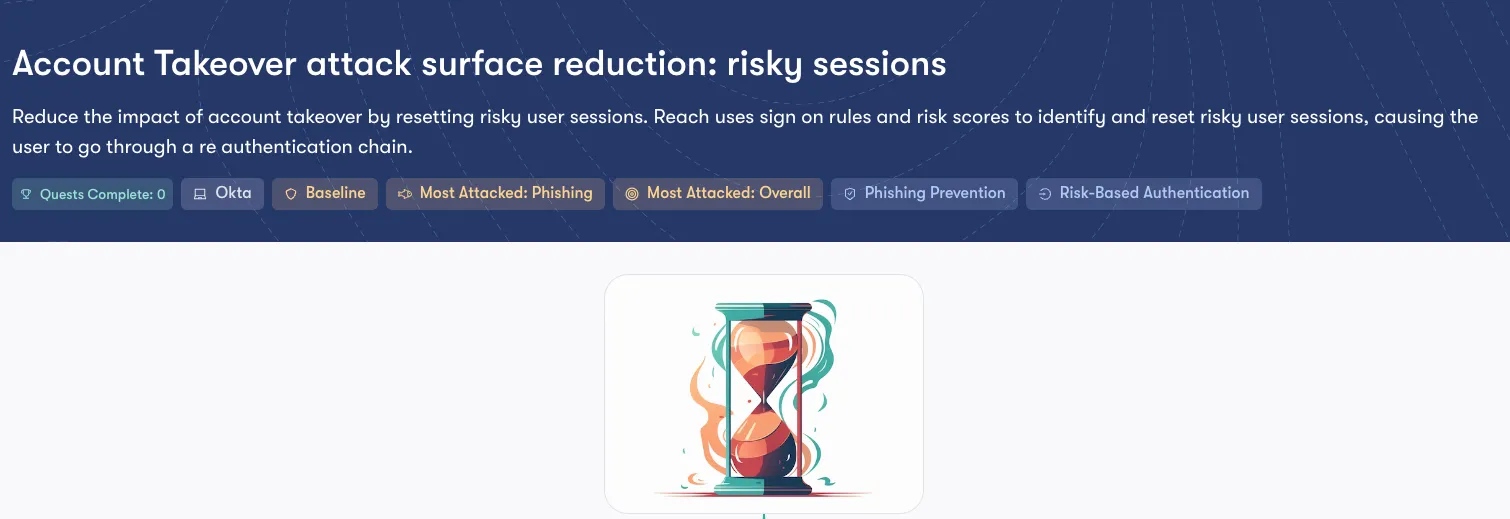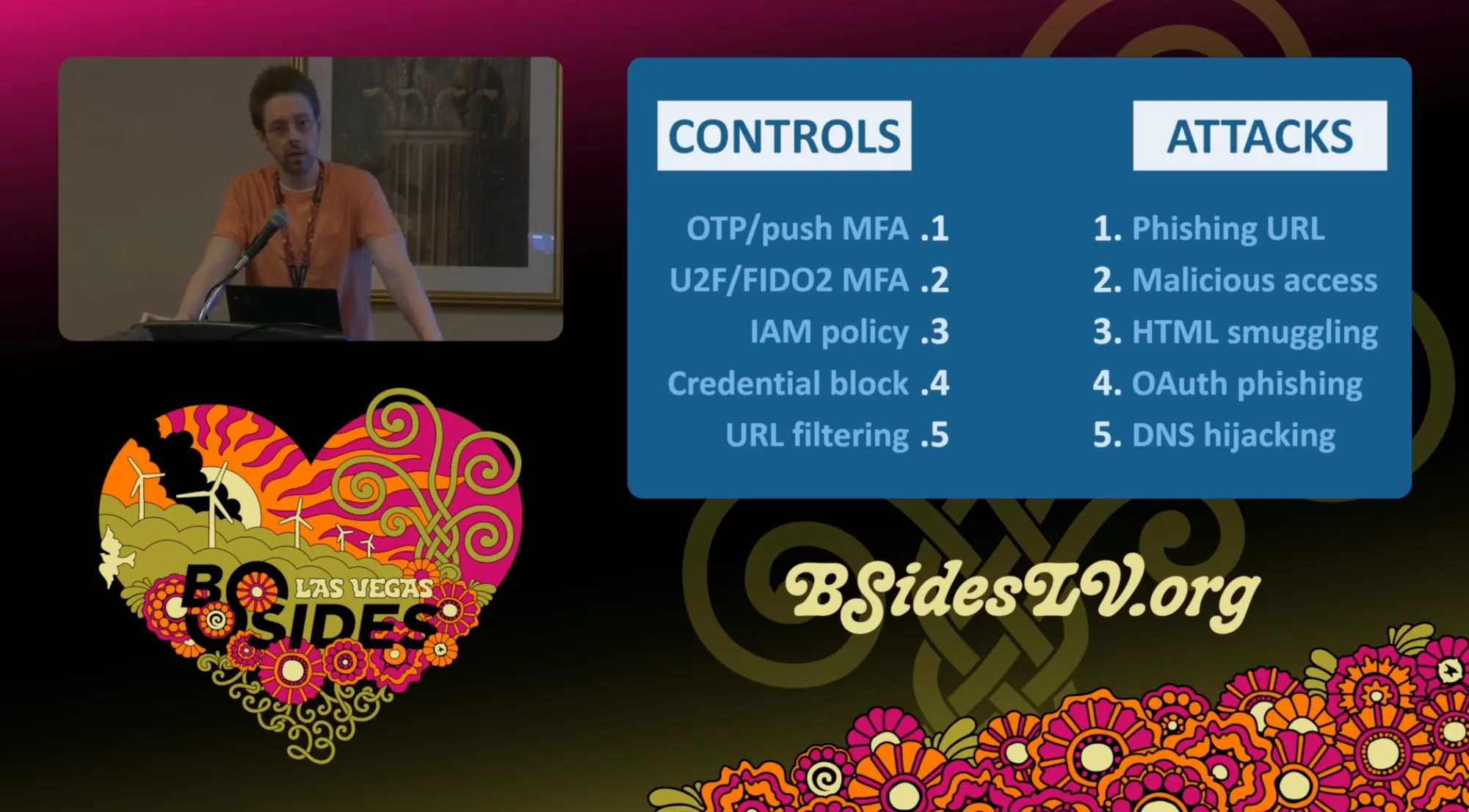In today’s fast-evolving cybersecurity landscape, integration architecture is not just a necessary feature, but the backbone of how security systems communicate and protect organizations. Reach has approached integrations from a unique perspective, opting to take the hard road of building a system that is not tied solely to best practices, but fundamentally designed to adapt, learn, and integrate with purpose-built AI. It’s a decision that reflects our commitment to innovation, a deep understanding of the cybersecurity market alongside the products within a customer’s ecosystem, and a belief that the best path is rarely the easiest one.
The three core pillars of Reach’s API integrations are:
Data Interrogation – Our platform collects threat data from various security controls, providing comprehensive visibility into an organization’s exposure. This also enables identification of high-risk users who are being targeted.
Modeling of Controls – The integrations provide a deep understanding of what controls are available, what controls are deployed, and how the controls can be used. The depth of the modeling is what ultimately helps an organization prioritize their controls, mobilize change and continuously validate their risk posture.

Mobilizing Change – Beyond providing insights and recommendations, Reach also completes the ‘last mile’ of the process by pushing these configurations via Quests to both change management systems (e.g. Jira or ServiceNow) and directly to the security products in a staged setting.

What truly sets Reach apart is our deliberate choice to leverage purpose-built AI to power our integrations. While many vendors settle for best practices or off-the-shelf AI models, Reach’s architecture integrates AI specifically crafted for each customer’s unique environment and threat profile. For example, imagine an organization facing a surge in phishing attacks. Reach doesn’t just integrate with their email security tools to say "here are the features Proofpoint uses to stop phishing attempts”; it goes further. It analyzes patterns of phishing emails, cross-references them with endpoint intelligence and identity, and recommends the exact security configurations for the features you license that will reduce your specific risk debt. This level of adaptability and contextual awareness is what sets Reach apart in the market. In cybersecurity, context is everything, and GenAI models often miss the nuanced threat behaviors specific to each environment.
Many companies shy away from building AI models due to the upfront complexity, opting to use GenAI instead. Reach’s CTO, Colt Blackmore, highlighted in his BSidesLV talk that best practices can leave organizations vulnerable in ways they don’t initially foresee. The choice to build something from the ground up isn’t about reinventing the wheel; it’s about ensuring that the architecture can support the ever-changing nature of cybersecurity threats coincided with the security tooling available within the environment.

Our integration architecture at Reach also emphasizes adaptability. As discussed in the presentation at SAINTCON by our founders, the world of cybersecurity is not static, and neither should the technology designed to protect it be. Best practices are a great starting point, but they can quickly become outdated as threats evolve. A flexible, well-architected integration system supported by AI, offers superior protection compared to more rigid, one-size-fits-all solutions. In essence, Reach isn’t just offering basic integrations; we are offering an intelligent, forward-thinking way of integrating with a customer’s security ecosystem and securing their environment with a contextual approach based on their unique threat profile and the security tools within their environment.

In conclusion, Reach’s integration architecture may be the hard road, but it is undoubtedly the best one. Our decision to take this more complex route reflects a deep understanding of the security space, along with its customers’ unique threat profiles and security stacks, and the challenges they present. By prioritizing context, leveraging purpose-built AI, and understanding the nuances of cybersecurity tools, we have built a platform that can meet the needs of today’s threats while remaining adaptable for tomorrow’s challenges. This is a path that fewer companies are willing to take, but as the cybersecurity landscape continues to evolve, those that do will be the ones best equipped to handle what lies ahead.
More About Reach Security
Reach is the first AI purpose-built to reprogram your security infrastructure based on who you are and how you're being attacked. Organizations of all sizes trust Reach to make mission-critical decisions because it doesn't hallucinate and it doesn't make mistakes. It's a different kind of AI. To learn more, visit reach.security/try-reach.










